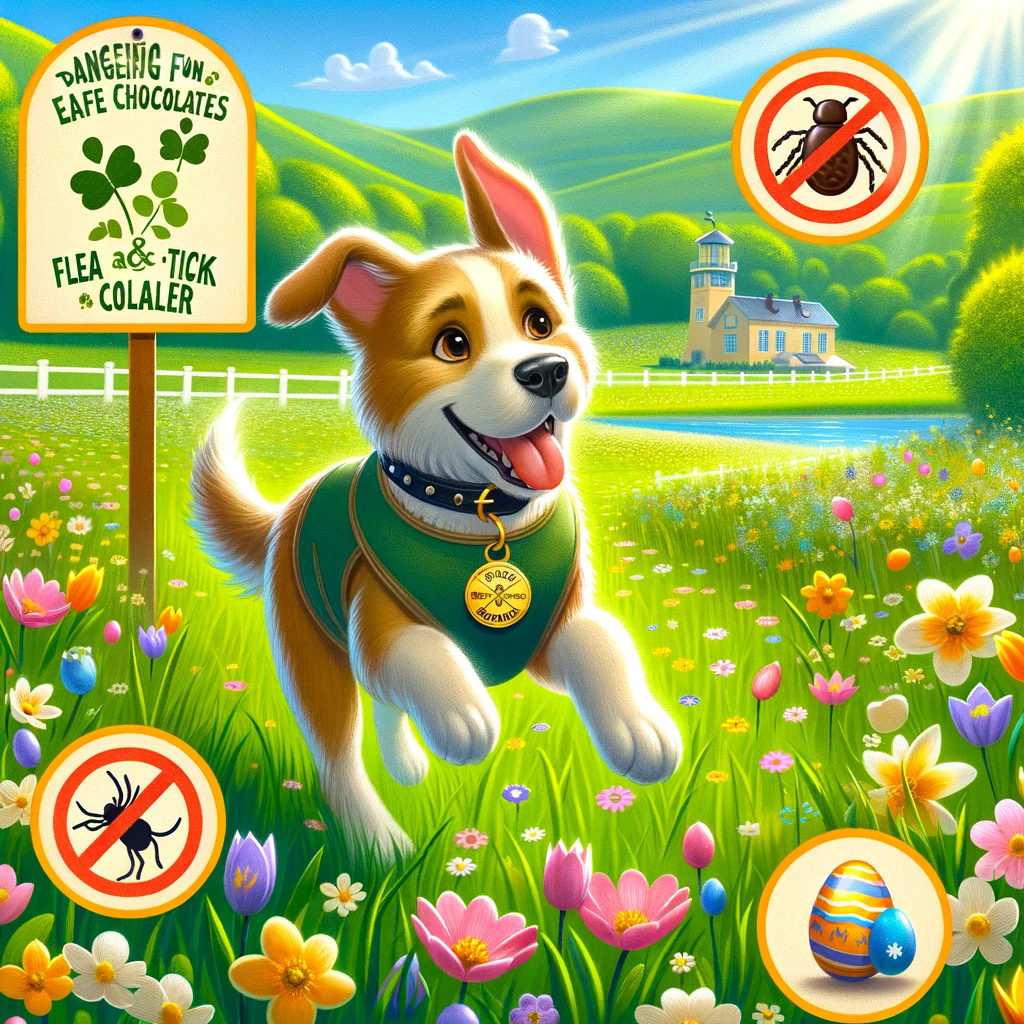
Similar Posts

Understanding Fido’s Foes: Why Dogs React to Mail Carriers and Squirrels
Dogs, known for their loyalty and protective instincts, often exhibit unique behaviors when encountering certain stimuli, such as mail carriers or squirrels. Understanding why dogs react strongly to these common figures can help pet owners manage their pets’ reactions better. The Mailman: A Daily Intruder 1. Territorial Instincts: Dogs are naturally territorial animals. The daily…
How to Potty Train Your Puppy in 2 Weeks!
Greetings, dog enthusiasts! Yesterday, I encountered a fellow dog lover facing a common challenge – potty training their puppy. They shared their previous experience of a grueling 5-7 months to get it right. This conversation got me thinking about how crucial, yet often frustrating, potty training can be. To prevent this from becoming a deal-breaker…

How Affirm’s TRAIN Now, Pay Later Works
Benefits of using Affirm as a payment option: No Hidden Fees: Affirm is transparent about its fees, so you won’t encounter unexpected charges or high-interest rates. Soft Credit Check: Preliminary inquiry into an individual’s credit report that does not impact your credit score. 0% for 6 Months: Most people are approved for 6 months no…

The Ultimate Guide to Pet Insurance: What You Need to Know to Protect Your Dog and Your Wallet
As a dog owner, you want the best for your furry friend, and that includes their health and well-being. However, veterinary costs can add up quickly, especially in emergencies or when dealing with chronic conditions. This is where pet insurance comes in. By securing the right pet insurance plan, you can manage these costs effectively…

Why Training at Our Facility is the Optimal Choice for Your Dog vs In Home
When it comes to dog training, the environment plays a crucial role in how effectively your furry friend learns and adapts. At Off Leash K9 Training, Georgia, we’ve carefully considered the best approach for teaching dogs new skills and behaviors. While in-home training has its merits, we firmly believe that our facility offers a superior…
The Heat Is On: What You Need to Know About Your Dog’s Heat Cycle
If you’re a dog owner, understanding the changes that dogs go through during their heat cycle is essential. The heat cycle, also known as estrus, is a period in a female dog’s reproductive cycle where she becomes sexually receptive and can conceive. During this time, dogs experience hormonal changes that can affect their behavior, mood,…

